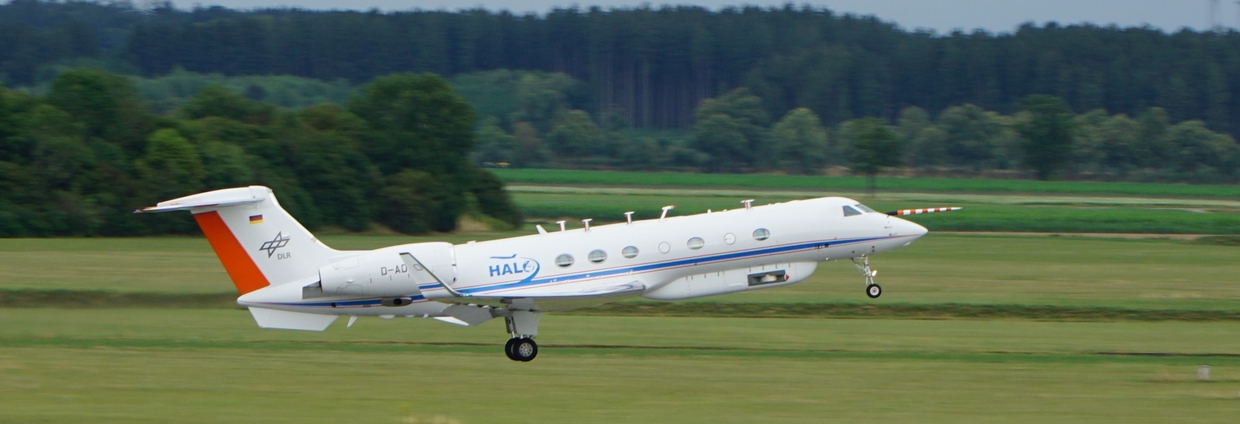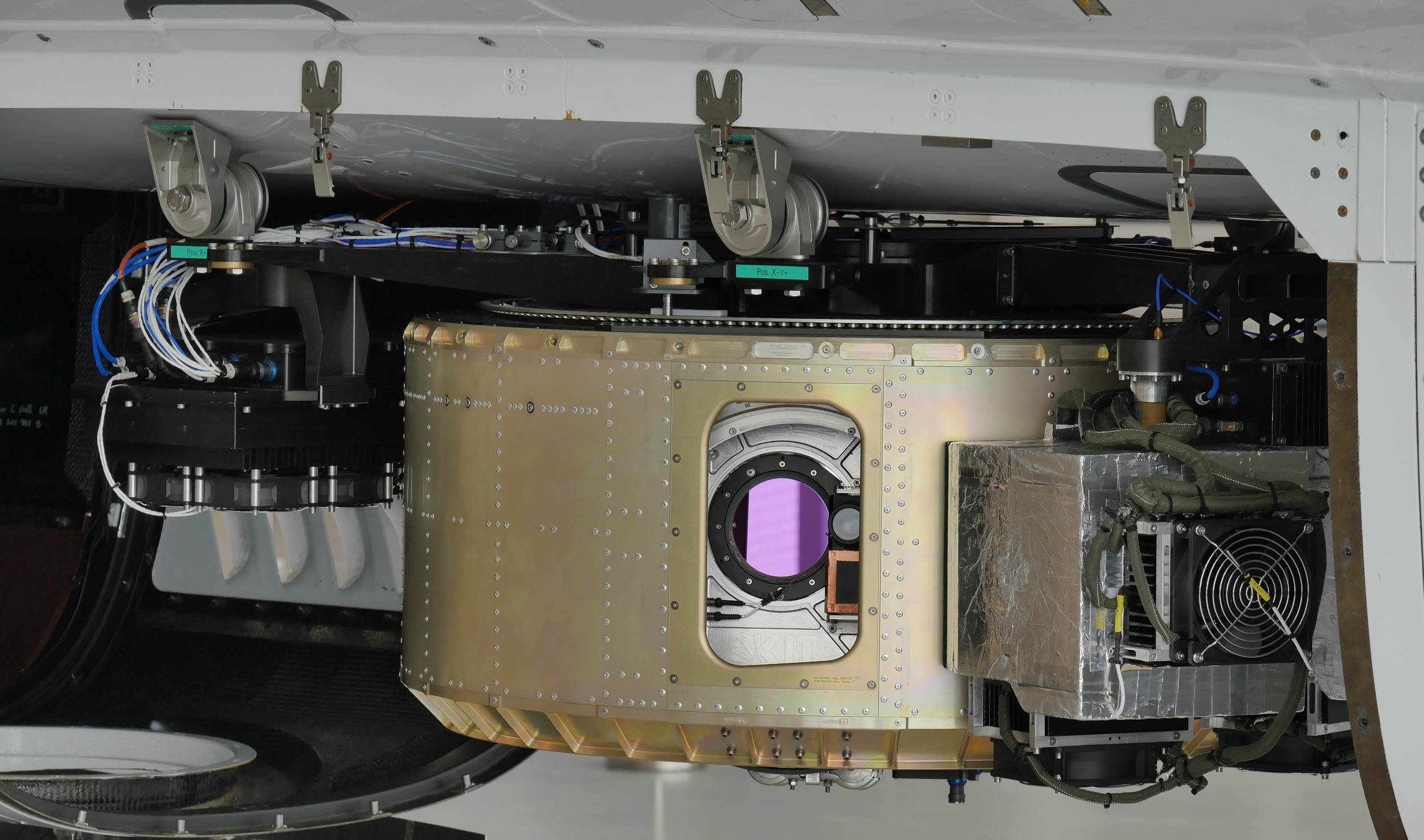PHILEAS 2023

Extreme forest fires which have become more frequent in recent years, as well as the thunderstorms of the Asian monsoon, inject heavily polluted air at altitudes of up to 16 km in the northern hemisphere. To investigate this phenomenon, scientists of the Institute of Meteorology and Climate Research-ASF at KIT participate in the PHILEAS measurement campaign in August and September 2023. To determine the air composition at these altitudes in detail, they will use the GLORIA instrument, which flies on the HALO research aircraft as part of the campaign. This survey will provide information about the potential consequences of extreme (weather) events in a warmer climate.
Air pollution is injected upwards by the Asian summer monsoon as well as by strong fires in the large forests of the Northern Hemisphere reaching altitudes of 11-16 km. There, the pollution directly and indirectly affects the radiation budget of the climate system. As could be shown for the first time by scientists at the IMK-ASF using measurements taken some years ago, ammonia gas at these altitudes causes the formation of aerosols, which favour the emergence of ice clouds, so-called cirrus clouds (Höpfner et al., 2019). Other pollution gases (Johansson et al., 2022) have a strong effect on ozone concentrations and thus on the climate at ground level. From their source regions, aerosols and pollution gases are dispersed aloft over the entire northern hemisphere. The goal of the measurement campaign is to better understand the chemical and physical processes involved, as well as the long-range transport, and thereby improve atmospheric models for weather and climate prediction.
The campaign is a real team effort with more than 70 participating scientists from eight institutions (KIT, Forschungszentrum Jülich, University of Mainz, German Aerospace Center, Leibniz Institute for Tropospheric Research in Leipzig, Max Planck Institute for Chemistry in Mainz, and the Universities of Frankfurt and Wuppertal). Different atmospheric models are used for optimal flight planning, including the ICON-ART model at KIT.

The GLORIA infrared spectrometer, which was developed by KIT in cooperation with Forschungszentrum Jülich, has been used for many years on high-flying aircraft and stratospheric balloons to measure the composition of the upper air layers. It is a central instrument on board the HALO research aircraft. GLORIA is one of the few instruments worldwide that can probe vertically-resolved distributions along the flight-track of a wide range of trace substances at high altitudes.
In the PHLEAS Helmholtz-Blog, Sören Johansson and Wolfgang Woiwode (both KIT) as well as Chritian Rolf (Research Center Jülich) report from the campaign locations Oberpfaffenhofen and Anchorage.
